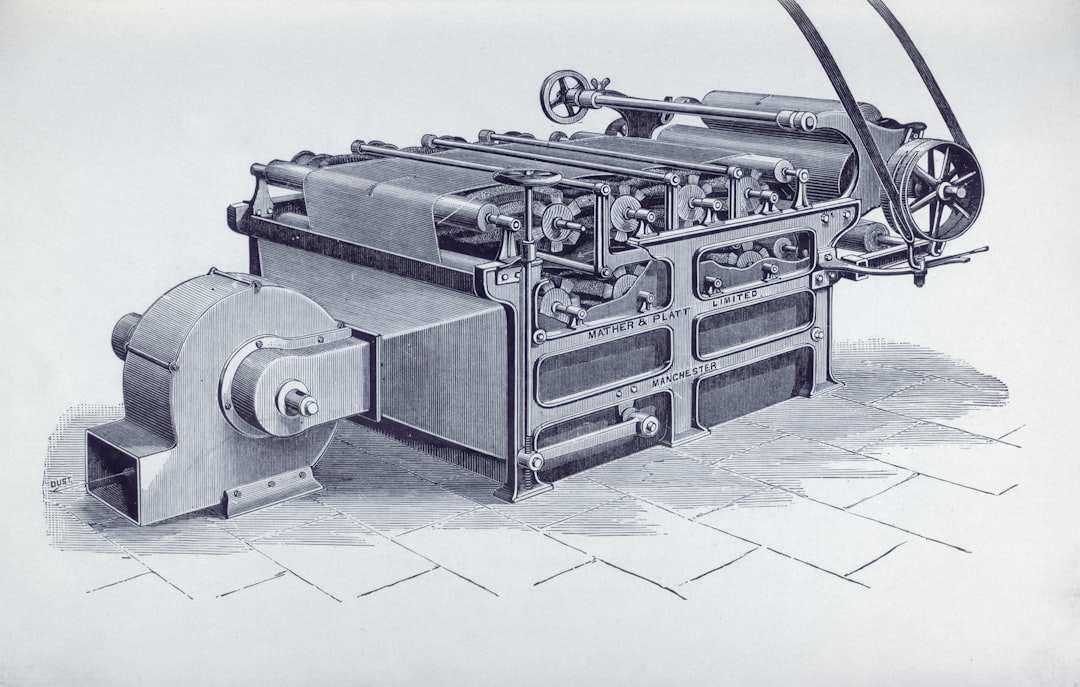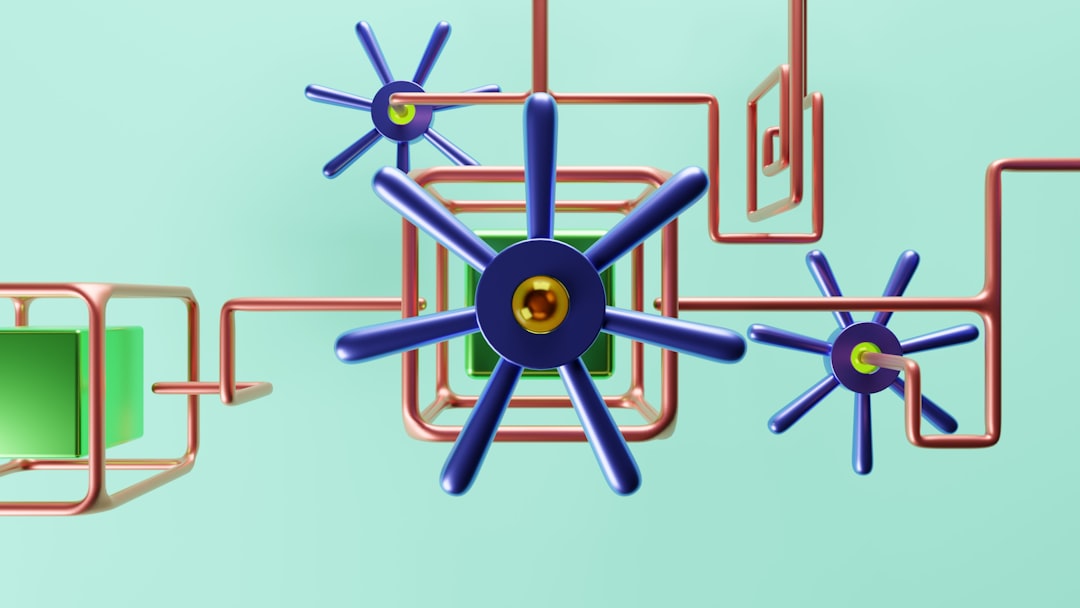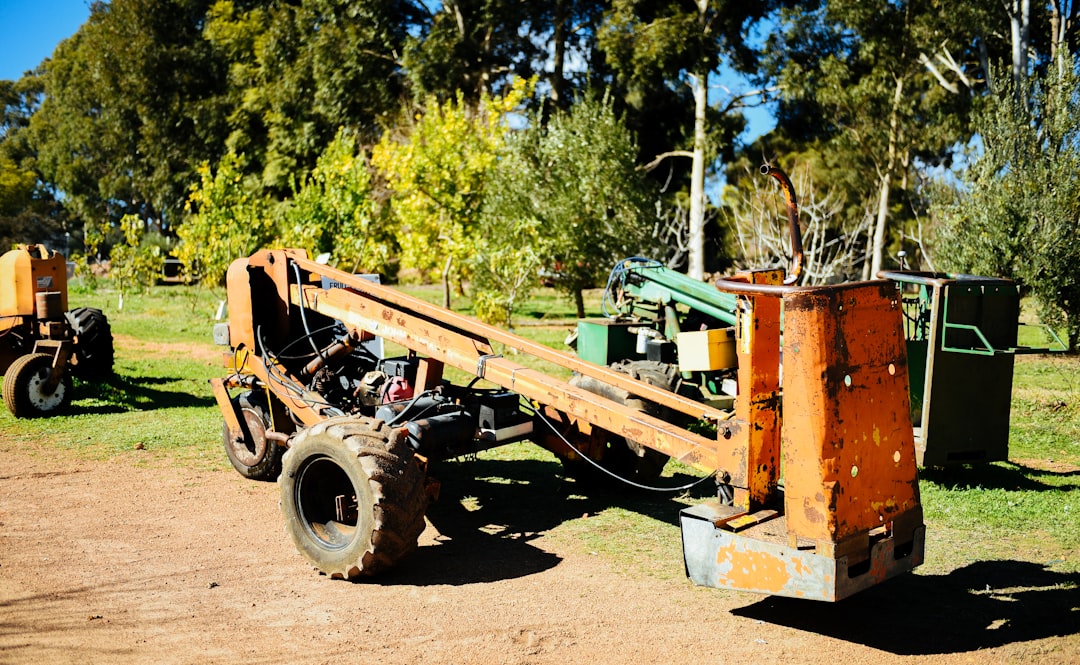Mastering the Craft: An In-Depth Guide to the Working Principle of Standing Seam Rolling Machines
- Share
- Issue Time
- Oct 21,2025
Summary
Explore the comprehensive working principle of standing seam rolling machines. This guide covers everything from core components and the step-by-step roll-forming process to panel types, benefits, and essential maintenance for peak performance.

Unveiling the Engine of Modern Roofing: The Standing Seam Rolling Machine
In the world of modern architecture and construction, standing seam metal roofs are highly regarded for their durability, weather-tightness, and clean, aesthetic lines. At the heart of creating these high-performance roofing systems is the standing seam rolling machine. This sophisticated piece of equipment is responsible for transforming flat metal coils into precisely shaped panels with interlocking seams. Understanding how these machines operate is crucial for roofing contractors, manufacturers, and architects who want to leverage the full potential of metal roofing. This guide provides an in-depth exploration of the working principles, components, and benefits associated with standing seam rolling machines.

What is a Standing Seam Roof?
Before diving into the mechanics of the machine, it's essential to understand the product it creates. A standing seam roof is a system where metal panels run vertically up the roof. Their defining characteristic is the raised, interlocking seam—or “standing seam”—that joins one panel to the next. This design conceals the fasteners, protecting them from the elements and reducing the risk of leaks. The result is a sleek, durable, and low-maintenance roofing solution that can last for decades.
The Core Objective: From Coil to Panel
The fundamental purpose of a standing seam rolling machine is to perform a process called roll forming. This continuous bending operation takes a long strip of sheet metal, fed from a coil, and progressively shapes it by passing it through a series of roller stations. Each station bends the metal slightly more than the last, until the final desired cross-sectional profile—the standing seam panel—is achieved. This method ensures consistency, precision, and high-speed production.
Anatomy of a Standing Seam Rolling Machine: Key Components
A typical standing seam rolling machine consists of several critical components working in unison. While designs vary between stationary and portable models, the core elements remain the same:
- Decoiler: This is where the process begins. A large coil of metal (such as steel, aluminum, or copper) is loaded onto the decoiler, which carefully unwinds the metal strip and feeds it into the machine. A good decoiler prevents an uneven feed that could disrupt the forming process.
- Infeed Guide: As the metal strip enters the machine, the infeed guide ensures it is perfectly aligned. Proper alignment is crucial to prevent twisting or bowing in the final panel.
- Roll Forming Stations: This is the heart of the machine. It comprises a series of precision-machined rollers (or dies) that are strategically arranged in pairs. As the metal strip passes through these stations, it is gradually bent into the specific profile of the standing seam panel. A machine may have 14 or more forming stations to create complex profiles.
- Drive System: A powerful motor, often hydraulic, drives the rollers. A chain or gear system ensures that all rollers turn at a synchronized speed, pulling the material through the machine smoothly and consistently.
- Shearing Mechanism: Once the panel has been formed to the correct length, an integrated shear cuts it from the coil. Hydraulic shears are common, providing a clean, quick, and precise cut without deforming the panel's profile.
- Control System (PLC): Modern machines are equipped with a Programmable Logic Controller (PLC). This computerized brain allows the operator to input the desired panel length and quantity. The PLC automates the entire process, from feeding and forming to cutting, ensuring high accuracy and minimal waste.
- Run-Out Table: After being cut, the finished panels exit the machine onto a run-out table, which supports them and prevents damage.

The Step-by-Step Roll Forming Process
The operation of a standing seam machine follows a logical, sequential process:
- Loading and Feeding: A metal coil of the appropriate material and gauge is loaded onto the decoiler.
- Programming: The operator enters the required panel lengths and quantities into the PLC control unit.
- Forming: The machine is started, and the metal strip is pulled through the infeed guide and into the first set of rollers. It proceeds through all forming stations, with each one gradually shaping the male and female legs of the seam.
- Cutting: As the panel reaches the pre-programmed length, a sensor signals the PLC to activate the hydraulic shear, which cuts the panel cleanly.
- Output: The finished panel moves onto the run-out table, and the machine immediately begins forming the next one.
Exploring Different Standing Seam Panel Profiles
Standing seam rolling machines can be configured to produce various panel profiles, each with its unique locking mechanism and aesthetic. The most common types include:
- Snap-Lock: These panels have a male and female edge that are designed to snap together. They are attached to the roof deck using concealed clips. Snap-lock profiles are popular because they can be installed quickly without special seaming tools.
- Mechanical Lock (Field-Seamed): This profile requires a robotic or hand-held seamer to bend the panel legs together on the job site. Single-lock (90-degree bend) and double-lock (180-degree bend) options are available, with the latter providing superior weathertightness, making it ideal for low-pitch roofs or areas with heavy snow and ice.
- Nail Flange (Fastener Flange): This system features a fastening strip on one side of the panel that is screwed directly to the roof deck. The adjacent panel then snaps over to conceal the fasteners. It eliminates the need for clips, which can speed up installation but may limit thermal movement.
- Batten Panel: This traditional style uses a cap that fits over the two vertical legs of the panels to create the seam. The cap can be snapped on or mechanically seamed for a secure fit, offering a distinct, bold aesthetic.
| Panel Profile | Locking Mechanism | Best For | Installation Speed |
|---|---|---|---|
| Snap-Lock | Edges snap together over a clip | Steep-slope residential roofs, fast installation | Fast |
| Mechanical Lock | Seamed together with a tool (90° or 180°) | Low-slope roofs, high-wind areas, maximum weather resistance | Slower |
| Nail Flange | Fastened directly to the deck; next panel snaps over | Cost-effective projects, steep slopes | Very Fast |
| Batten Panel | A separate cap covers the panel legs | Architectural and traditional designs, visual depth | Moderate |
The Advantages of On-Site Roll Forming with Portable Machines
While some standing seam panels are produced in a factory, many contractors use portable rolling machines. These machines can be mounted on a trailer and brought directly to a job site. This offers several key benefits:
- Reduced Shipping Costs and Damage: Producing panels on-site eliminates the cost and risk associated with transporting long, delicate panels from a factory.
- Custom Lengths and Less Waste: Panels can be formed to the exact lengths needed for the roof, drastically reducing material waste from cutting.
- Increased Efficiency: The ability to produce panels on demand streamlines the installation workflow and reduces project timelines.
- Greater Flexibility: Contractors gain control over their material supply chain, allowing them to adapt quickly to last-minute design changes.

Essential Maintenance for Longevity and Precision
To ensure a standing seam rolling machine operates at peak performance, regular maintenance is crucial. A well-maintained machine produces high-quality panels and has a much longer service life. Key maintenance tasks include:
- Daily Cleaning: Remove metal shavings and debris from the rollers and machine frame to prevent damage to the panels and moving parts.
- Lubrication: Regularly lubricate all moving components, including chains, bearings, and shear blades, according to the manufacturer's recommendations. Use lightweight, non-penetrating oils to avoid residue buildup.
- Roller Inspection and Cleaning: Keep rollers clean to ensure a smooth finish on the panels. Inspect them for signs of wear or misalignment that could affect panel quality.
- Hydraulic System Checks: For machines with hydraulic components, check fluid levels daily and inspect hoses for leaks or wear. Change hydraulic oil and filters at recommended intervals.
- Blade Sharpening and Adjustment: A dull or misaligned shear blade will produce poor cuts. Ensure the blade is kept sharp and properly aligned.
Safety Protocols: A Non-Negotiable Priority
Operating heavy machinery like a roll former requires strict adherence to safety protocols. All operators should be thoroughly trained on the machine's functions and emergency procedures. Key safety measures include ensuring all safety guards are in place, wearing appropriate personal protective equipment (PPE) like gloves and safety glasses, and never placing hands near the rollers or shear while the machine is in operation. The emergency stop buttons should be clearly accessible and tested regularly.
The Future of Standing Seam Roll Forming
Technology continues to advance the capabilities of standing seam rolling machines. Innovations include more sophisticated PLC controls for on-the-fly adjustments, the integration of IoT sensors for real-time performance monitoring and predictive maintenance alerts, and the ability to produce multiple profiles from a single machine with minimal changeover time. These advancements are making roll forming more efficient, precise, and versatile than ever before, further cementing the role of standing seam systems in the future of construction.